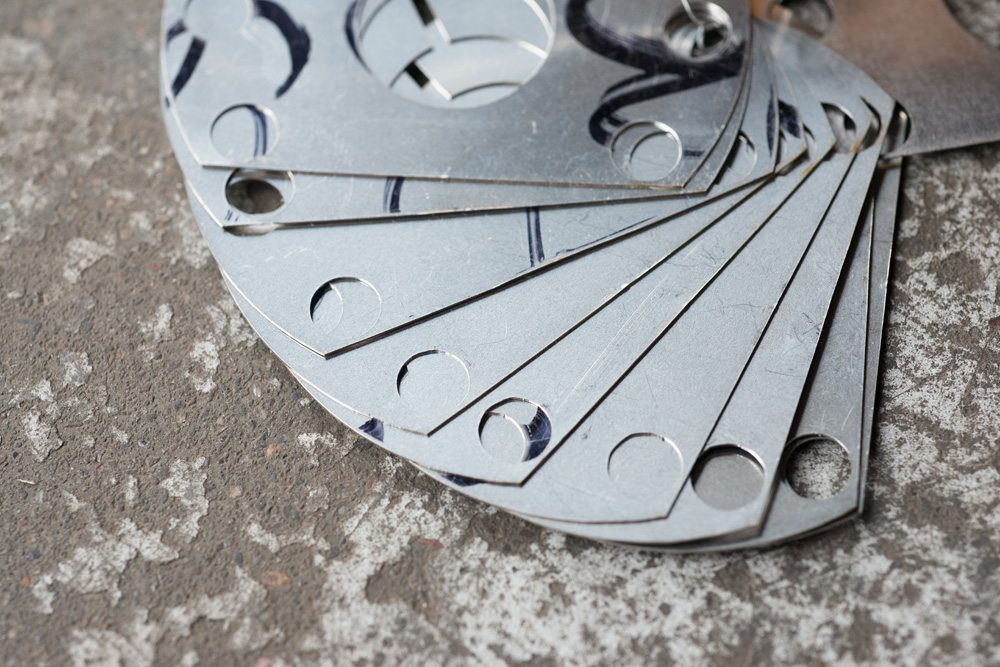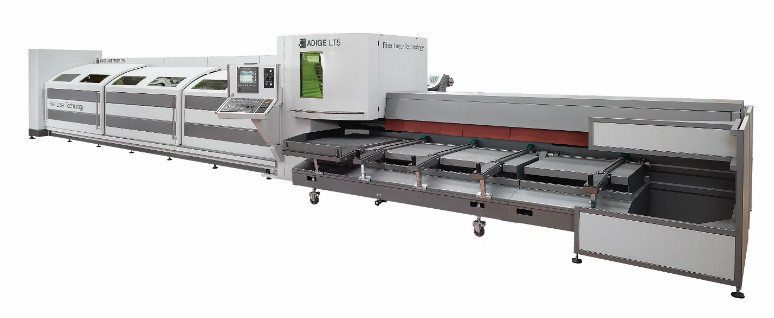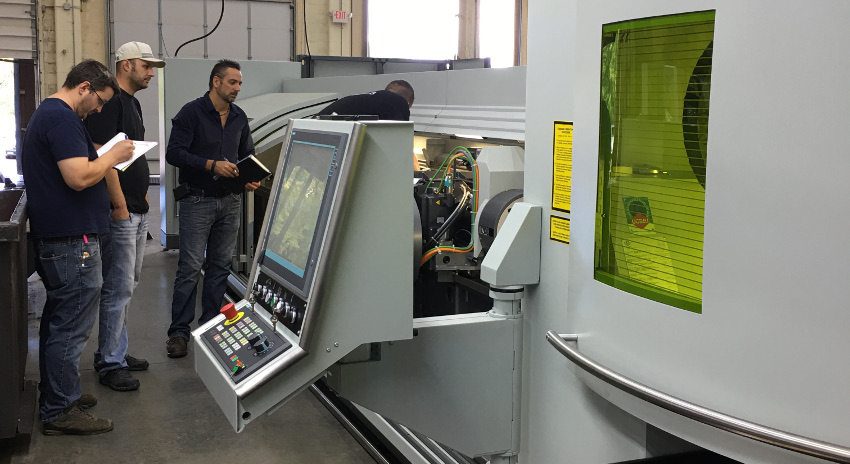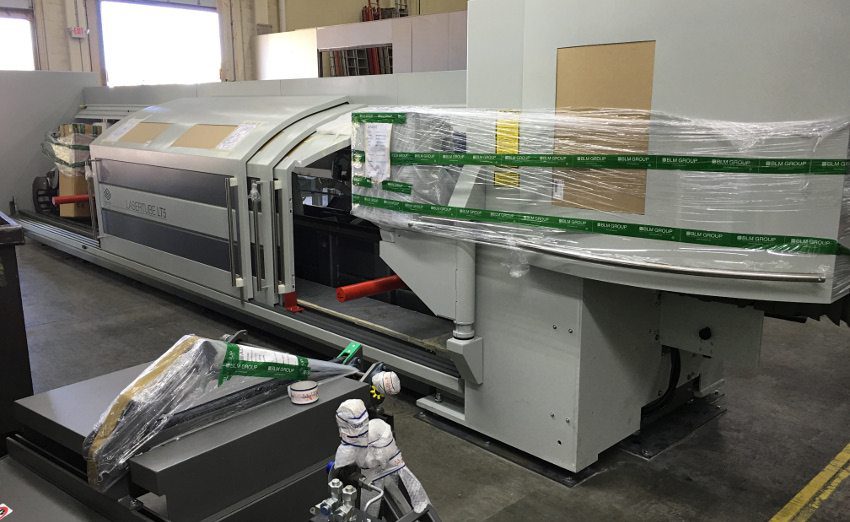By Laser 1 Technologies
Advantages of Laser Cutting
At Laser 1, we’ve got state-of-the-art laser cutters to handle precision laser cutting projects. Between the 5th Axis Mazak and the Lasertube LT5, we provide our customers with laser parts production on both flat sheet metals and cylindrical and rectangular tube cutting.
Laser cutting has revolutionized manufacturing. Many parts that used to be stamped traditionally are now being laser cut—it’s becoming the industry standard.
When you need to get parts manufactured, it’s always worth investigating whether laser technology is the best choice for your needs. Costs are coming down and quality is high.
How Does Laser Cutting Work?
Laser cutting uses thermal action to precisely remove excess material. A focused laser beam melts a tightly targeted area of the material. Cutting takes place through a combination of pressure and heat, directed via a nozzle. A gas jet ejects molten surplus material.
In manufacturing, metal is the most common material cut. Here at Laser 1, we can cut mild steel up to 1.0”, aluminum up to 0.5”, and stainless steel up to 0.5”. Generally speaking, lasers are suited for cutting practically every material: metals like nickel, tungsten, brass, gold and silver, as well as non-metallic materials such as wood, polymers, rubber, and plastics. People are even laser-cutting food! Lasers play an important role in producing high-tech components such as microelectronic parts, semiconductors, and solar panels by cutting silicon accurately.
The Benefits of Laser Cutting
Laser cutting has become the industry standard for many reasons. The extremely tight tolerances offer accuracy and precision that are hard to beat with other cutting technologies. Clean cuts and smoother edges mean parts seldom need secondary operations before they’re ready to use.
The narrow focus of the heat-generating laser means the material being worked suffers significantly less warping or distortion from heat-induced changes to its microstructure.
Because the cutting machinery doesn’t actually contact the material to be cut, there’s very little chance of contamination.
Material wastage is minimized due to the high accuracy of the process.
Laser cutting works on a variety of thicknesses and can produce highly complex geometries, extremely uniform parts, and very small parts.
Since it’s computer driven, set-up is much faster than with traditional machining equipment.
Costs of laser cutting are somewhat higher, due to expensive machinery and more skilled operators, but overall the pricing is still competitive due to all these advantages.
It’s no surprise, then, that laser cutting has become the preferred manufacturing method for aerospace, automotive, metalworking, and microelectronics industries, among many others.
A Manufacturer’s Perspective
From our perspective, we like the fact that it’s cleaner, quieter and faster than traditional methods, it’s quicker to set up, and it makes optimal use of our most skilled employees. Computer control means faster setup and faster turnaround for the customer. Small runs can be more efficiently and cheaply produced. Injury and accident rates are low.





Luke Smith
September 14, 2022
I like that you pointed out how laser cutting could work on a variety of thicknesses and could produce highly complex geometries, extremely uniform parts, and very small parts. I joined a local factory tour last weekend and I saw how they used laser cutting in there. It is quite a fascinating process and I could definitely see how useful it is.